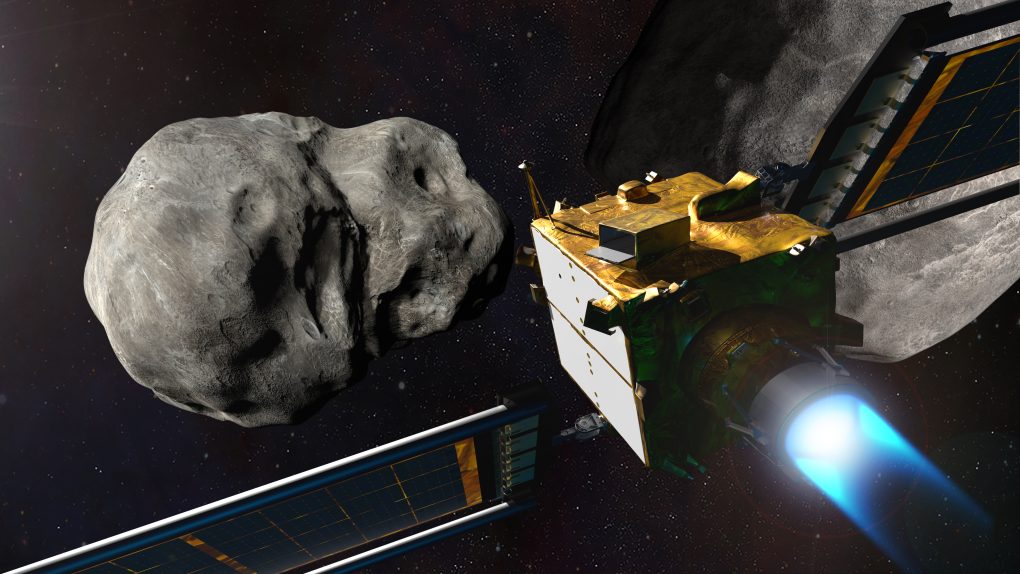The DART test has been a huge success. NASA shared footage of the DART spacecraft crashing into the asteroid Dimorphos last night. The spacecraft, which was designed to crash into the asteroid in an attempt to change its orbit slightly, has been working towards this moment for over 10 months. The journey was long, but now it has finally paid off.
Of course, NASA isn’t sure exactly what results we’ll get from the DART test overall. We’ll need to wait weeks, maybe even months to get that information. But, if DART proves successful at moving Dimorphos’ orbit even a little bit, that could open the door for innovations in how NASA and others work to defend Earth from killer asteroids.
Asteroids and other large celestial objects have always been a concern for Earth. While none large enough to cause lasting damage have come close to the planet in recent years, there is always the possibility that something like that may happen, scientists say.
But, if this DART test is as successful as NASA hopes, we might finally have a way to fight those situations.
The goal of the test was to see how well a kinetic impactor would work at changing an asteroid’s orbit and trajectory. Current predictions suggest the DART test will cause a one percent change to Dimorphos’ orbit. But, if done far enough out, that one percent could be the difference between an asteroid hitting our planet and an asteroid breezing past Earth harmlessly.
Now that the spacecraft has crashed into the asteroid, DART is officially dead. But, the LICIACube lives on and will investigate the scene to see how much of a difference the DART test truly made. Hopefully, NASA finds the results it was hoping for, as it would put dreams of having an asteroid defense system even closer to becoming a reality.
More NASA coverage: Nasa releases first Juno image from Europa flyby








